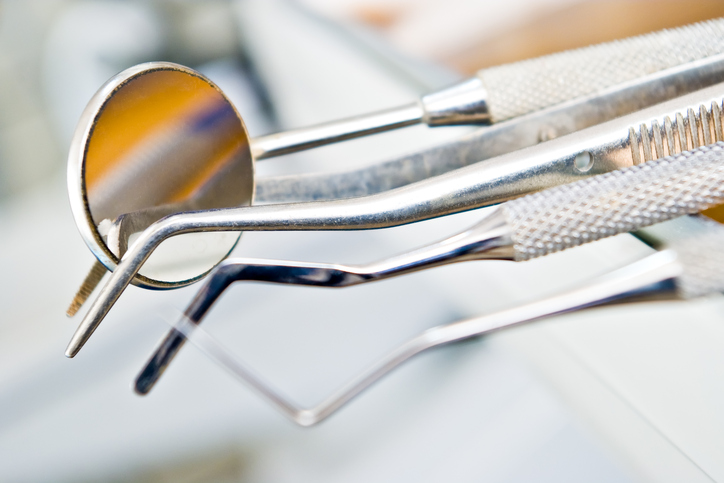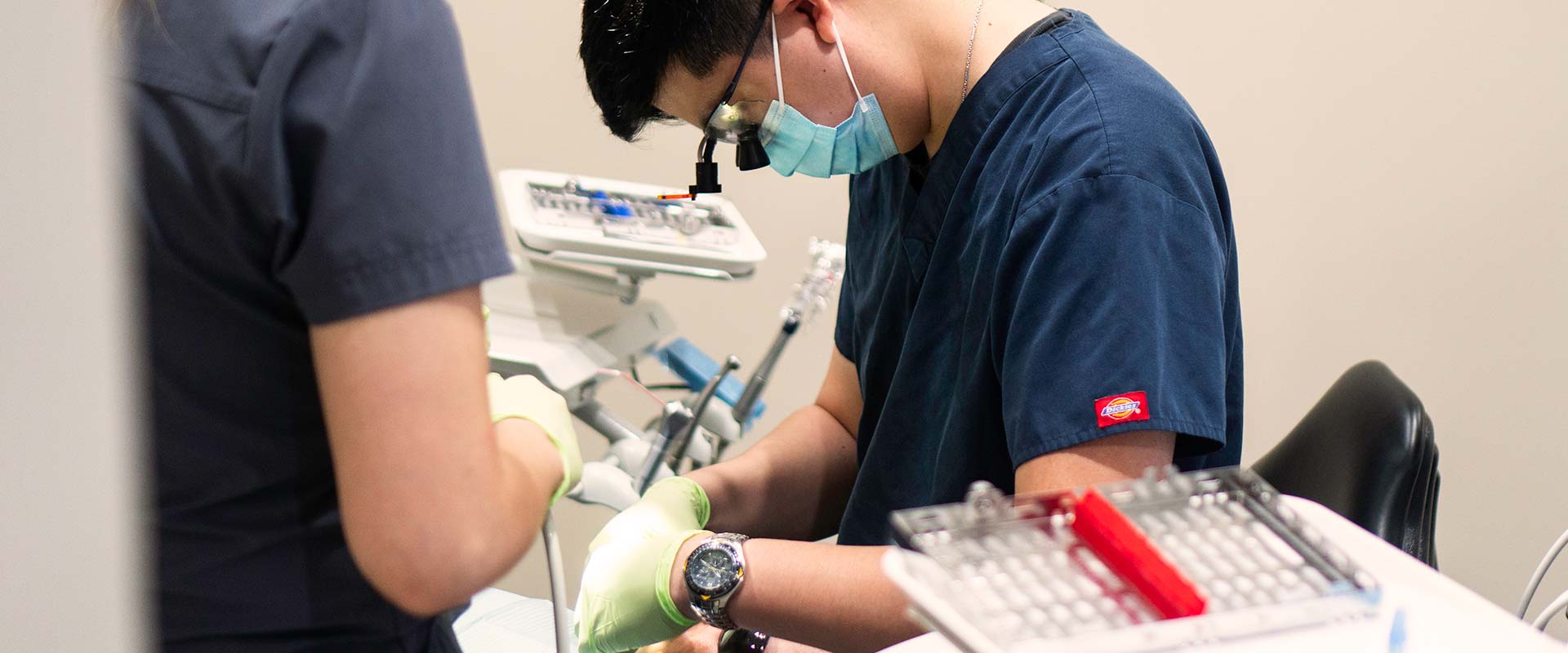
Orange County Covid Clinic
COVID-19: Stages and Treatment
COVID-19 can be cured at home if necessary restrictions and guidelines are followed. It depends on the extent the disease has spread in one’s body that influences the decision of whether one should self-quarantine at home or get admitted to a hospital. If you feel that your body is showing severe corona-virus symptoms such as regular coughing episodes leading to shortness of breath, muscle aches and tiredness, it is necessary to get admitted in the hospital as doctors in the hospital will provide you necessary advanced treatment and facilities that can’t be acquired at home.
If your condition is serious, the doctors will want to run a few tests to understand the extent of the spread of the virus in the body. Initially, the possible things that doctors in the hospital will do are:
- Level of oxygen in your blood will be checked with a clip-on finger monitor
- Chest X-ray or CT scan
- COVID-19 test which involves putting a cotton swab at the far-end of your throat and both sides of the nose.
If your condition seems to deteriorate, you may be provided with extra oxygen through your nostrils via tubes. The doctors keep a keen watch on your breathing pattern and monitor the spread of the virus in the lungs, to heal them, and make them capable enough to produce oxygen again on their own. Patients having severe COVID-19 infections are thoroughly monitored by doctors and are given proper anti-viral medications for the same. Doctors may also advise you to keep a check on your respiratory hygiene practices or guide you to follow special quarantine guidelines to reduce the virus and curb its spread.
Coronavirus can actually be characterized into various stages based on the severity of the symptoms and the condition of the patient. Accordingly, doctors in hospitals provide appropriate individualized treatment based on the patient’s condition. These stages are precisely characterized by the type of biological contact of the people with the virus.
The initial phase is when the person has a slight infection and shows mild symptoms like cold or flu. It is during this stage that the virus multiplies rapidly in the infected person’s body. In this early stage, doctors may suggest you undergo ‘Convalescent plasma treatment’ i.e. plasma from the already recovered patients is transferred to the patients to reduce the viral infection, thus speeding the recovery.
The next stage is when the virus has attacked the immune system thus disabling its efficient functioning. This phase also called the pulmonary phase results in the formation of blood clots and respiratory conditions like shortness of breath, intense coughing feats, etc. At the stage, doctors suggest the use of tPA (tissue plasminogen activator), which helps in the breaking of blood clots.
Next stage i.e. the hyperinflammatory phase is when increased virus in the immune-system starts causing injuries to kidney and heart. This is a risky stage and can be fatal. During this time, doctors suggest anti-inflammatory medications like corticosteroids or tocilizumab. To prevent blood clots in the blood vessels and capillaries, an anti-clotting drug ‘Herpin’ is used in all the stages.
Due to these stages, doctors believe in giving personalized treatments to the patients depending on their situation. Although these are the various treatments that the doctors suggest to prevent the spread of coronavirus in the body, there is no cure to this novel coronavirus disease yet. Doctors in the hospitals, all over the globe are trying their best to provide patients with the best possible treatment to reduce the causalities.
For Covid Tests Contact Us At Rapid COVID-19 Nasal Swab Test Orange County
Article Source:- https://orangecountycovidclinic.blogspot.com/








